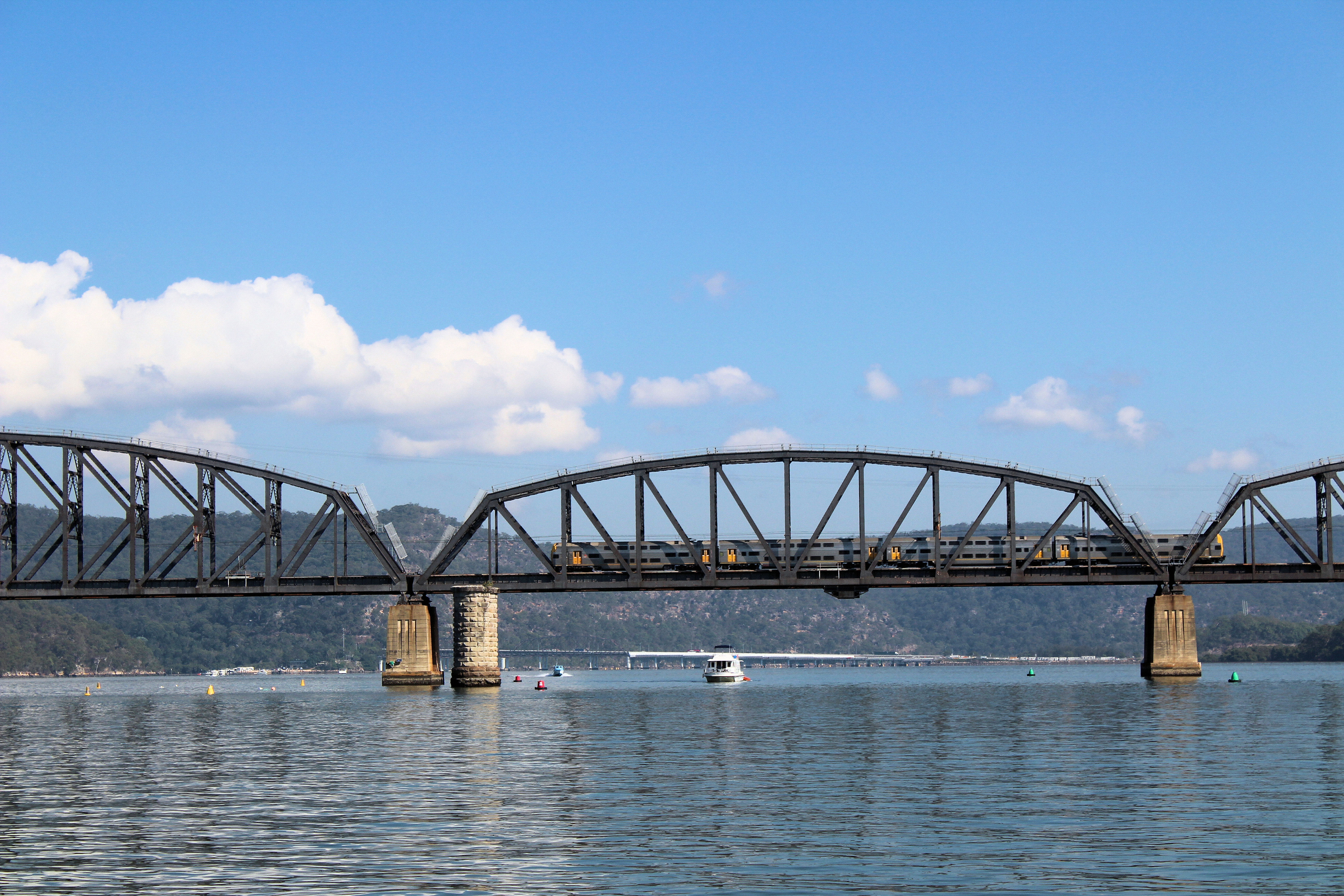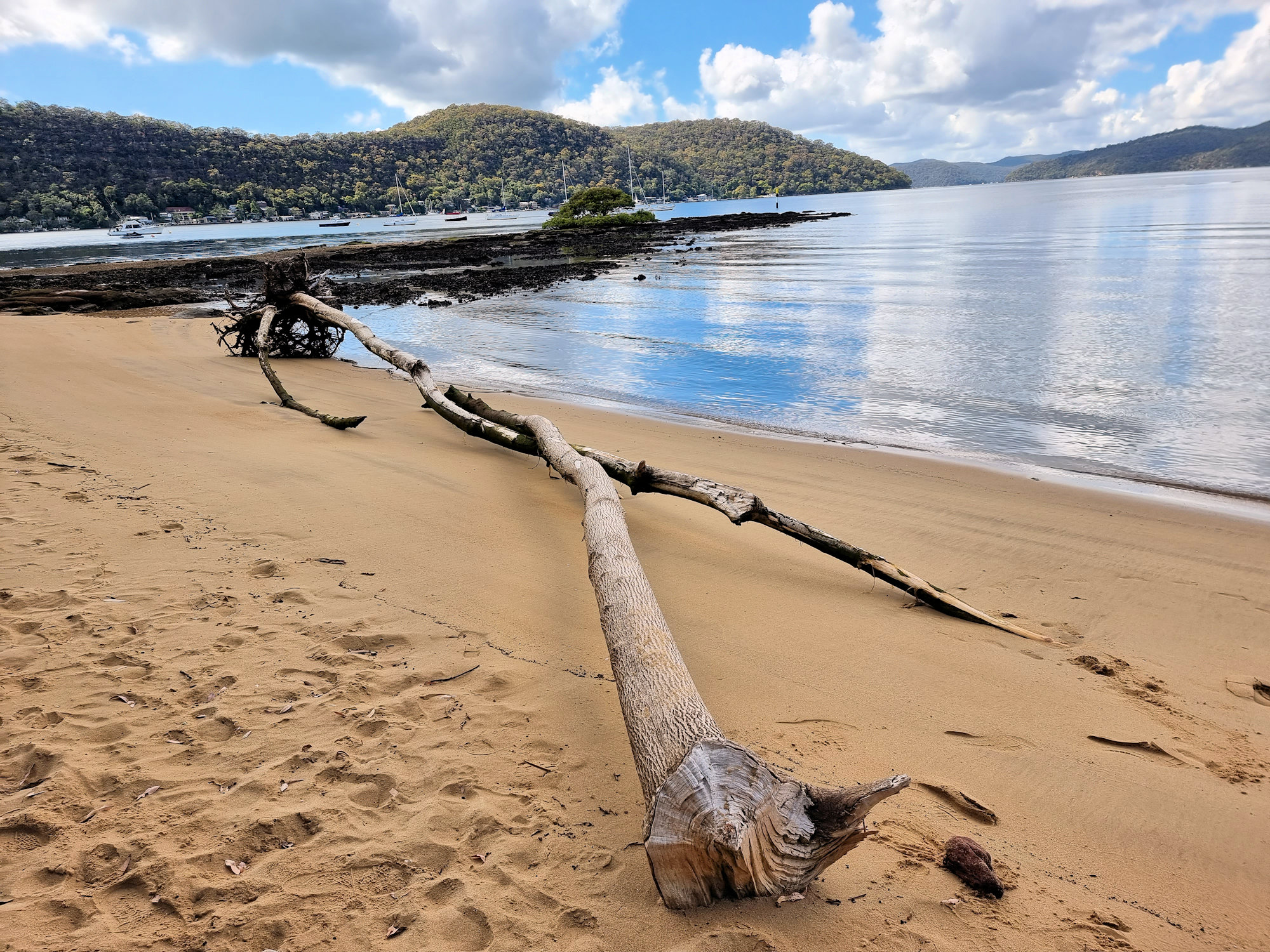Tag: Brooklyn
-
Hawkesbury River Postman Boat Cruise

Hawkesbury River Postman Boat Cruise The Hawkesbury River Postman provides passengers with a fantastic view of the river as he does his rounds. Starting at the Brooklyn public wharf, it is very easy to get to via the M1 motorway just north of Sydney. What to Expect As the boat does it’s rounds, you are… Read more
-
Dangar Island and Brooklyn Ferry

Dangar Island The first European to visit the area was Governor Arthur Phillip, who explored the lower river by small boat in March 1788 within weeks of the First Fleet’s arrival. He named it Mullet Island, for the abundance of fish in the local Hawkesbury River. The island was purchased in 1864 and renamed by… Read more